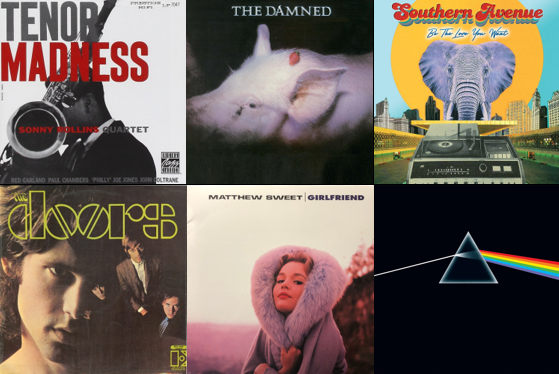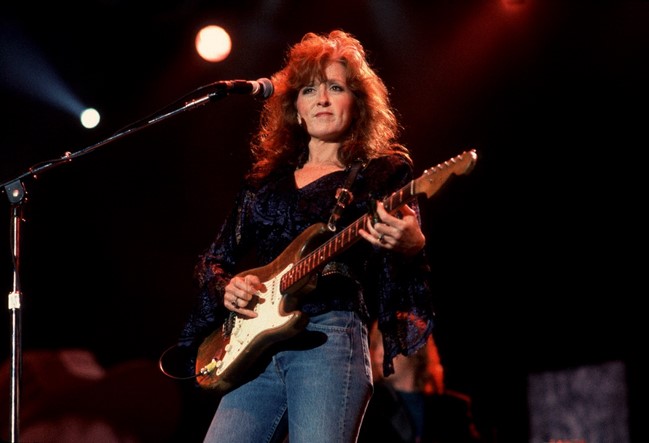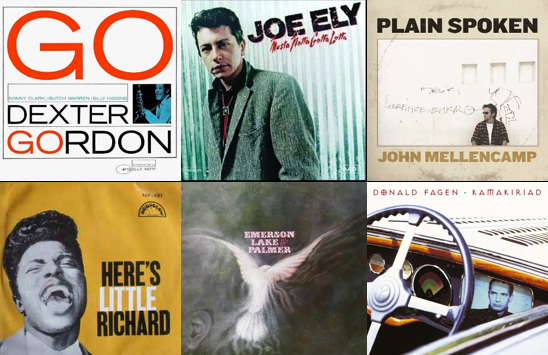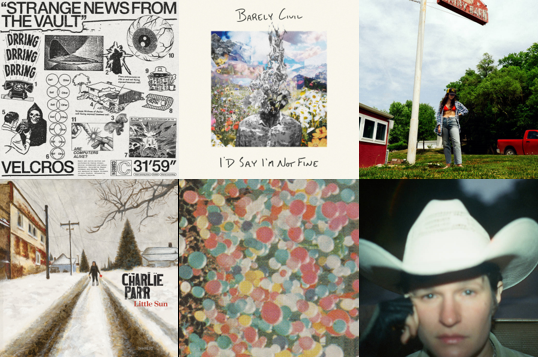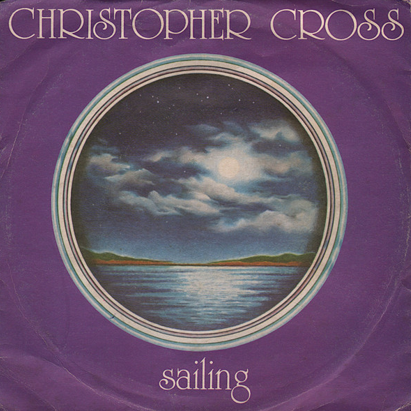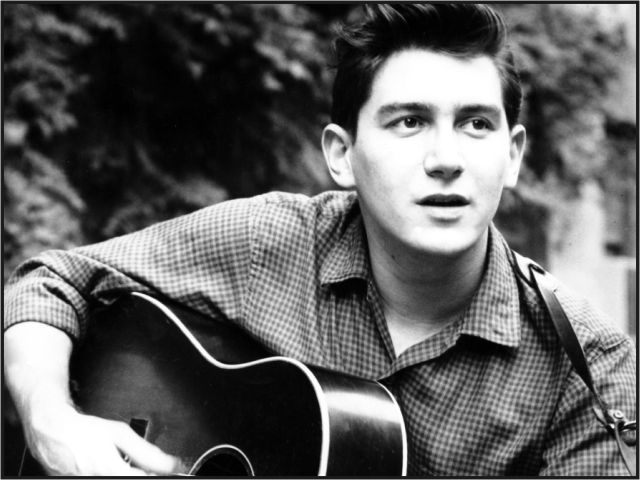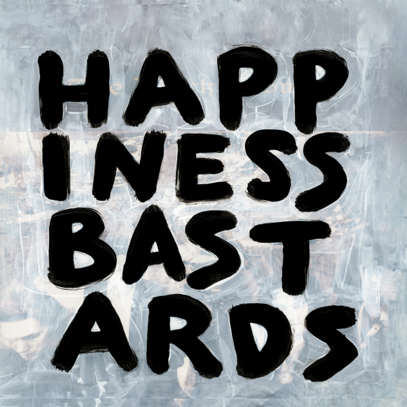Happy Sunday and, to those celebrating, Happy Easter! Once again, I’d like to invite you to join me on another imaginary travel through time and space to visit some great music of the past and the present. Let’s all have some fun together!
Sonny Rollins Quartet/When Your Lover Has Gone
As has become customary, we’ll kick off our journey with some beautiful jazz by the Sonny Rollins Quartet. After tenor saxophonist Sonny Rollins had worked with Miles Davis and been part of the trumpeter’s band, he asked the members of Davis’ “First Great Quintet” – John Coltrane (tenor saxophone), Red Garland (piano), Paul Chambers (double bass) and Philly Joe Jones (drums) – to back him on an album titled Tenor Madness and released in October 1956. Here’s When Your Lover Has Gone, a 1931 composition by Einar Aaron Swan. The tune became a jazz standard after it had been featured in Blonde Crazy, a picture released the same year, starring James Cagney.
The Damned/Stranger On the Town
Let’s pick up the speed and next head to October 1982, which saw the release of Strawberries, the fifth studio album by The Damned. AllMusic notes they were the first UK band to release a punk single (New Rose) in 1976, followed by the first UK punk album (Damned Damned Damned) the following year. Subsequently, they also began incorporating psychedelic and garage rock into their music. And other genres. Stranger On the Town, a track from Strawberries and another great tip from my dear longtime German music friend Gerd, has a cool soul vibe. The song is credited to band members Rat Scabies (drums, synthesizer), Captain Sensible (guitar, backing vocals, Paul Gray (bass) and Dave Vanian (lead vocals).
Southern Avenue/Be The Love You Want
Time to jump back to the present and pay a visit to one of my favorite contemporary bands: Southern Avenue. The group from Memphis, Tenn., which has been around since 2015, blends blues and soul with flavors of contemporary R&B. Southern Avenue are Israeli blues guitarist Ori Naftaly; lead vocalist Tierinii Jackson and her sisters Tikyra Jackson (drums, backing vocals) and Ava Jackson (backing vocals); bassist Evan Sarver; and keyboarder Jeremy Powell. Be The Love You Want, co-written by the group’s co-founders Naftaly and Tierinii Jackson, is the title track of their third and most recent studio album. Released in August 2021, I reviewed it here at the time.
The Doors/The End
This next stop takes us back to January 1967 and the eponymous debut album by The Doors. My proposition is the epic closer The End. The bone-chilling lyrics, which as usual were written by lead vocalist Jim Morrison, initially revolved around the break-up with an ex-girlfriend but grew more complex over time with Oedipal themes of loving the mother and killing the father. Songfacts notes Morrison always remained vague about the meaning. The hypnotizing music was credited to the entire group who in addition to Morrison included Ray Manzarek (organ, piano, bass), Robby Krieger (guitar) and John Densmore (drums).
Matthew Sweet/Girlfriend
The most recent occasion we stopped by Matthew Sweet on The Sunday Six dates back to late January 2023. I’d say it’s time for another visit. In October 1991, the alternative rock/power pop singer-songwriter put out his third studio album Girlfriend. It was the first that made the charts in the U.S., reaching no. 100 on the Billboard 200. While Sweet subsequently had higher-charting albums, Girlfriend was certified Gold (500,000 certified sold units) by RIAA in April 1995, becoming the first of two to date. Here’s the title track.
Pink Floyd/Time
Once again, we’re reaching our sixth and final stop. Let’s make it count with what I feel is an amazing track from one of the sonically most compelling albums I know: The Dark Side of the Moon, Pink Floyd’s gem from March 1973. I could go on gushing about it but trust you know what I’m talking about. It’s hard to believe this music is 51 years old. Here’s the mighty Time, credited to all four band members Roger Waters (vocals, bass, VCS 3 synthesizer), David Gilmour (guitars, vocals), Richard Wright (organ, piano, synthesizers, vocals) and Nick Mason (drums, percussion).
What’s missing? Of course, the Spotify playlist featuring all of the above goodies. Here you go and hope to see you again!
Sources: Wikipedia; AllMusic; Songfacts; YouTube; Spotify
